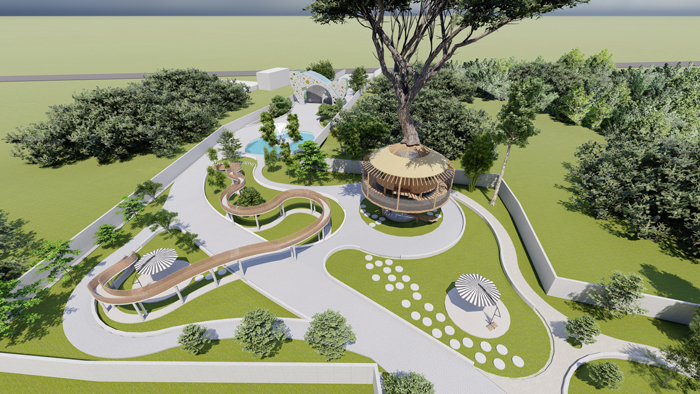As long as the history of humanity itself, the history of architecture is likely to be just as complex as that of the human race as a whole. Architecture can be traced back to the Neolithic period, around 10 000 BC. Essentially, this is the time when people began to build their homes according to their own preferences instead of living in caves. Today, architecture is commonly evaluated in visual terms and is influenced by ocular perception. It must be noted, however, that the desire to design an architectural artifact was driven by much more than mere aesthetic considerations. It has been demonstrated that architecture can be luxurious, elegant, modern, brutal, indexical, or vernacular. In spite of this, one of its most interesting characteristics is its ability to reflect the spirit of the times. In a way that may be even more dramatic than how we normally observe it occurring in the arts. Due to the strong material presence of architecture, there is a parallel between the history of architecture and the history of mankind. This presence serves as the clearest and most compelling physical evidence of societal change. If we simply looked at the buildings made in different places at different times, we would be able to understand the evolution of architecture and our history. Human actions were embodied in architecture, and further clarified through the persistent endeavor to protect some of the built heritage. This was followed by the decision to let the rest of it fade and decay.



